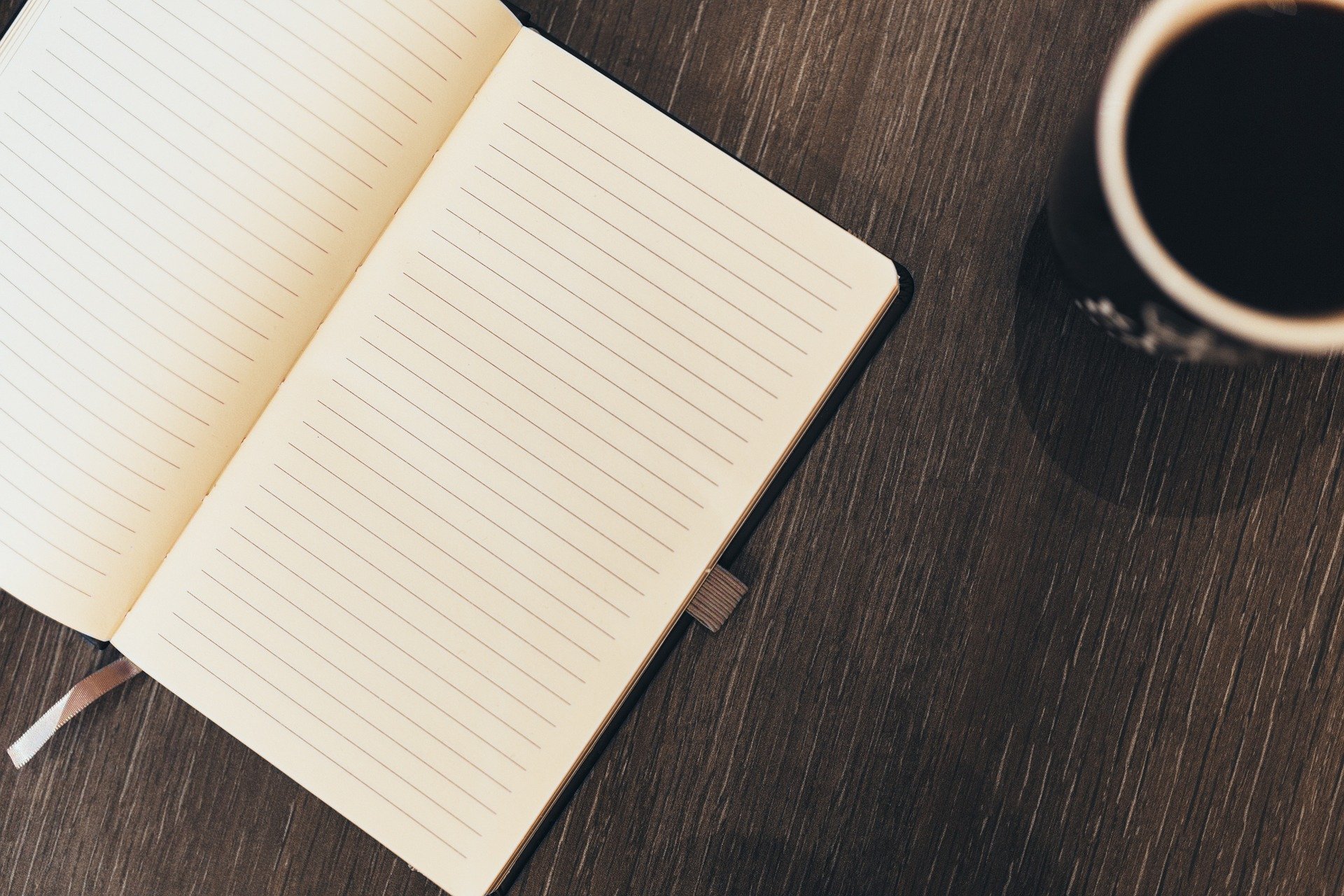Notebook printing in singapore

There are 1000s of sorts of notebooks in this world. Diverse customisation alternatives are appropriate for various types of notebook printing in singapore. So let us begin with the notebooks can tweak on! One Color Pad printing alludes to the cycle whereby a single shading configuration is moved by stamping a silicon stamp (cushion) onto 3-dimensional items that can be hard to print on (for this situation, notebooks). Our plan is first carved onto a metal or plastic plate. The cushion at that point gets the ink on the plate, and moves it onto the item that wish to print on. Thus, the interaction is known as '1 Color Pad Printing' in light of the fact that the cushion just gets a singular tone from the plate. Moreover, this likewise implies that various tones in a plan would require an alternate metal or plastic plate. Screen printing is a printing method where a cross section is utilized to move ink onto a level surface (for this situation notebooks), besides in territories made inaccessible to the ink with a blocking stencil. Silkscreen printing can likewise be utilized on certain notebooks, particularly those with level paper board covers. Silk Screen Printing on notebooks is normally just suggested for single shading prints, because of the significant expense of silk screen printing with numerous tones. Embossing and debossing cause a material sensation when run our fingers through an embellished/debossed plan. Additionally, decorated and debossed cowhide notebooks look smooth and expert. Foil printing, otherwise called hot stamping, is normally used to print gold and silver pattern designs. It brings about the foil on the notebook having a shiny impact.
In notebook foil printing (heat stamping), the foil film is situated between the warmed metal kick the bucket and the notebook cover. The pass on presses the foil onto the cover of the notebook and the warmth actuates the glue. Under tension, the foil wires onto surface of our notebook. Seat sewed binding is a typical binding strategy used to bind notebooks with around 4 to 40 pieces of paper (8 to 80 Pages). Because of its constraints, saddle sewed binding is frequently utilized uniquely in thin exercise books or information booklets. Interestingly, saddle sewed notebooks, look as though they have been stapled through. Be that as it may, in undeniable reality, this isn't accurate. Seat stitching is finished by punching wire through a book's external spine, and afterward bending the wire level on the inside dream boat to hold all the pages together. Wonderful Binding is most regularly utilized binding strategy for delicate cover reading material, evaluation books and story books. Areas of collapsed pages have their spines managed and messed up to improve their bonding with stick. All segments are examined and stuck to the cover used to fold over the notebook. Books with wonderful binding can't lie open as effectively as seat sewed books or wire-o-bound books. The more the thickness of the book, the more the peruser should twist the book, to peruse the words on the inner most margin of the book.
There are a few unique kinds of hard cover binding to browse, like Case Binding, Smyth Sewing and Oversewing. In any case, Hard Cover Binding regularly involves inside pages being sewn together in segments. These are then stuck to end papers which are stuck to the cover's spine. Once in a while a case covering (otherwise called a material covering) is utilized to fold around the books case. Wire-O-Binding (Also known as twin circle wire, wire-o, twofold circle wire, twofold o, ring wire and wirebind) is 1 of the most famous binding strategies for notebooks, particularly among understudies. Books with Wire-O-Binding look great, yet expose level effectively on every single page. Thusly, you don't need to twist or hold the notebook while writing on them.